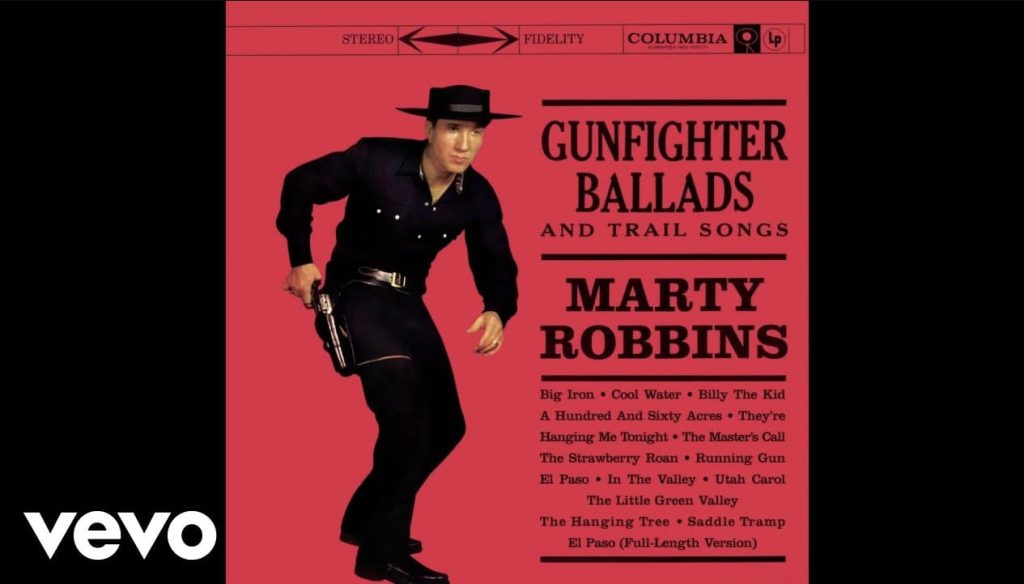
Marty Robbins’ “El Paso”: A Timeless Western Ballad
In the vast panorama of American country music, few songs stand out as vividly as “El Paso” by Marty Robbins. First recorded and released in September 1959 as part of the album Gunfighter Ballads and Trail Songs, this western ballad swiftly carved its place in musical history. Following its release as a single a month later, “El Paso” soared to unprecedented heights, becoming the first number one hit of the 1960s on both the country and pop charts. Its legacy was cemented when it won the Grammy Award for Best Country & Western Recording in 1961, and in 1998, it was inducted into the Grammy Hall of Fame. Such accolades highlight the song’s enduring appeal and its significance in the annals of Western music.
“El Paso” is celebrated not just for its commercial success but for its masterful storytelling and musical craftsmanship. The song’s narrative is gripping and tragic, painting a vivid picture of love, jealousy, and fatal consequence in the Wild West. The protagonist, a cowboy in El Paso, Texas, recounts his tale of frequenting Rosa’s Cantina, where he becomes enamored with a Mexican dancer named Feleena. The character of Feleena, inspired by Robbins’ fifth-grade schoolmate Fidelina Martinez, adds an authentic touch to the story, rooting it in personal memory and real-life inspiration.
The narrative unfolds with the cowboy’s jealousy over Feleena’s attention to another man, leading to a fatal gunfight. The singer’s decision to flee the town, committing horse theft in the process, sets the stage for a tense and desperate journey into the “badlands of New Mexico.” The story’s climax is marked by a poignant shift from past to present tense, as the cowboy’s longing for Feleena drives him back to El Paso, despite the mortal danger awaiting him. His declaration that “love is stronger than [his] fear of death” encapsulates the timeless theme of love and sacrifice that resonates deeply with listeners.
Musically, “El Paso” is distinguished by its haunting harmonies and the eloquent Spanish guitar accompaniment by Grady Martin, which imbues the song with a distinctive Tex-Mex feel. The harmonies, provided by vocalists Bobby Sykes and Jim Glaser of the Glaser Brothers, enhance the song’s emotional depth, creating a rich, immersive listening experience. The combination of Robbins’ evocative lyrics, the harmonic depth, and the Spanish guitar creates a soundscape that transports listeners to the dusty streets and cantinas of the old West.
The song’s acclaim is further evidenced by its inclusion in the Western Writers of America’s list of the Top 100 Western songs of all time. This recognition underscores the song’s importance not only in country music but in the broader context of American cultural heritage. The vivid imagery and emotional intensity of “El Paso” continue to captivate audiences, ensuring its place as a classic in the Western music genre.
In summary, “El Paso” by Marty Robbins is more than just a song; it’s a narrative journey that captures the essence of the Wild West through its poignant storytelling and masterful musical composition. Its success on the charts, combined with its lasting impact on listeners and critics alike, makes it a timeless piece that continues to echo through the years. Whether you’re a longtime fan or a new listener, the haunting tale of love and loss in “El Paso” is sure to leave a lasting impression.